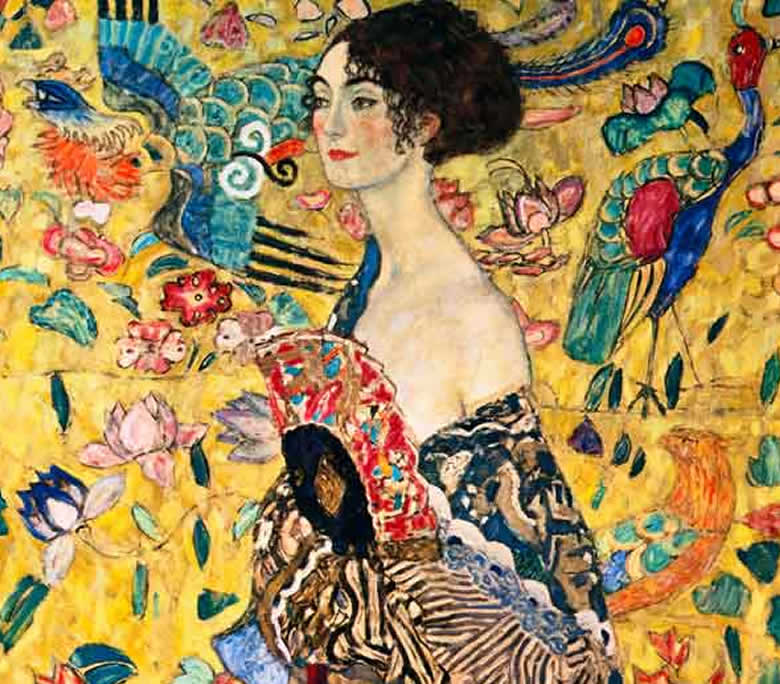The first rigid fans recorded are probably those depicted in the paintings and wall carvings in the tomb of Tutankhamen in Egypt (circa 1350 BC). Others were also recorded in China (circa 200 BC). These early fans were made from feathers, woven reeds, bamboo, papyrus, parchment, wood, followed by silk and paper.
One can imagine the fan most probably originated in the form of a conveniently sized leaf used by early man in the hot regions of the world and waived so as to cool his body and keep away files. It has subsequently developed during the last 3,000 years to become: a ceremonial item, treasure, souvenir, gift, fashion accessory, collector’s item and promotional aid. Most of all it is and always will be a practical item for personal use. It is easy to carry and can be used in warm places far removed from hot regions, such as: theatres, opera houses, discotheques and television studios.










